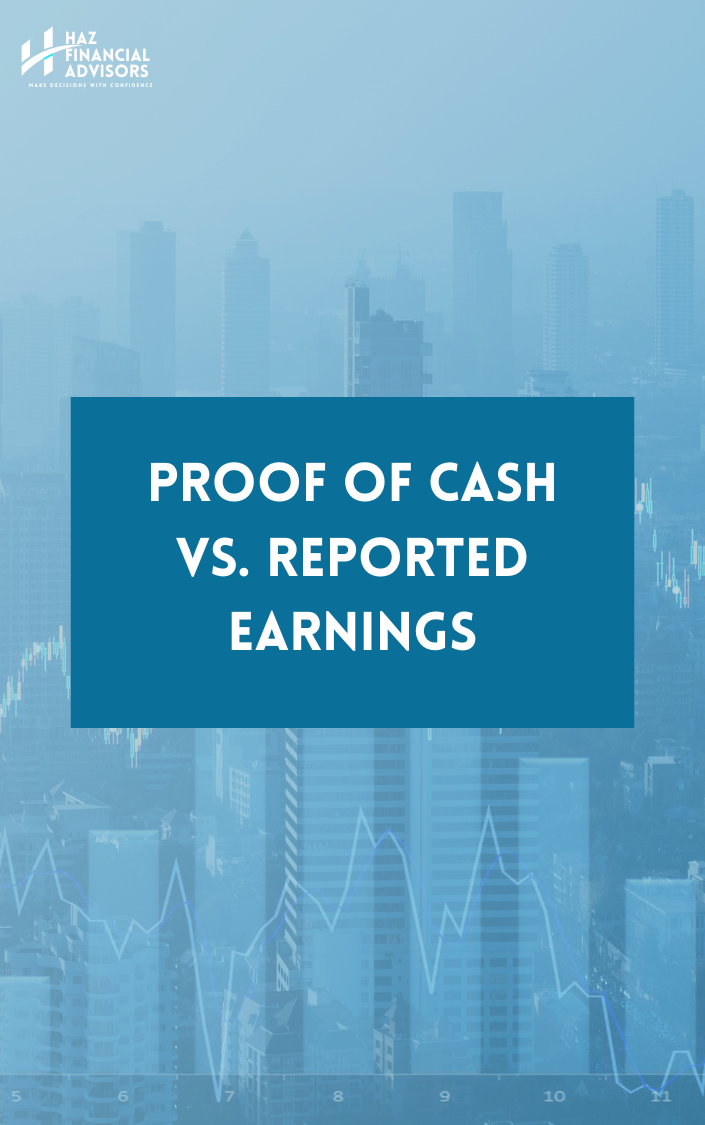Jeff Bezos, the founder of Amazon, effectively managed the burn rate to achieve long-term success.
Bezos famously focused on achieving profitability early on, despite pressure from investors to focus on growth at all costs.
He established clear goals and metrics for success, prioritized spending on activities that generated the most value, and optimized operations to increase efficiency and reduce costs.
As a result of his focus on managing the burn rate, Amazon became profitable in 2001, just six years after its founding.
This focus on burn rate allowed Amazon to avoid running out of cash and ultimately achieve its current market dominance.
As a tech founder, managing your burn rate ensures long-term success and profitability.
Burn rate is the rate at which a company is spending its cash reserves, and it’s important to manage this rate to avoid running out of cash and having to seek additional funding prematurely.
This blog post will explore why and how tech founders can manage their burn rate.
First things first, how do you calculate burn rate?
It is typically calculated by dividing the total expenses by a specific period, such as a month or a year. Let’s take an example to illustrate how to calculate burn rate:
Let’s say a startup company called XYZ Inc. has total expenses of $100,000 in a month.
These expenses include employee salaries, office rent, utilities, marketing, and other operational expenses.
To calculate XYZ Inc.’s burn rate for the month, we would use the following formula:
Burn Rate = Total Expenses / Time Period
In this case, the burn rate for XYZ Inc. would be:
Burn Rate = $100,000 / 1 month = $100,000 per month
This means that XYZ Inc. is spending $100,000 per month to cover its expenses and operate the business.
This burn rate measures the rate at which XYZ Inc. uses its available funds or resources.

Why Manage Burn Rate?
1. Avoid Running Out of Cash:
Managing the burn rate helps companies avoid running out of cash before becoming profitable.
Without proper management, companies may have to seek additional funding prematurely, diluting the equity of existing investors and reducing their potential returns.
2. Increased Valuations:
By managing the burn rate, companies can increase their valuations by showing potential investors that they are operating efficiently and have a clear path to profitability.
3. Increased Investor Confidence:
Managing the burn rate can increase investor confidence in a company’s leadership team and their ability to execute their business plan.
4. Reduced Risk:
Managing burn rate can help reduce the risk associated with investing in early-stage companies by ensuring that they operate efficiently and have a clear path to profitability.
Managing burn rates involves several vital strategies:
1. Establish Clear Goals:
Companies should establish clear goals and metrics for success and regularly monitor progress toward these goals.
This will help ensure that the company is focused on achieving profitability and is not wasting resources on non-essential activities.
2. Focus on Core Competencies:
Companies should focus on their core competencies and avoid pursuing too many projects or ventures that distract from their main business.
3. Prioritize spending:
Companies should prioritize spending on activities that generate the most value and have the most significant potential for return on investment.
This may involve cutting back on non-essential spending, such as unnecessary travel or perks.
4. Optimize Operations:
Companies should optimize their operations and processes to increase efficiency and reduce costs.
This may involve automating processes, outsourcing non-core activities, or implementing new technologies.
5. Regularly Review and Adjust:
Companies should regularly review their burn rate and adjust their spending as necessary to ensure they are on track to achieve their goals.
Managing the burn rate is crucial for ensuring tech companies’ long-term success and profitability.
By establishing clear goals, focusing on core competencies, prioritizing spending, optimizing operations, and regularly reviewing and adjusting, companies can increase investor confidence, reduce risk, and achieve long-term success.
Jeff Bezos and Amazon is a powerful example of how effective burn rate management can lead to lasting success in the tech industry.









